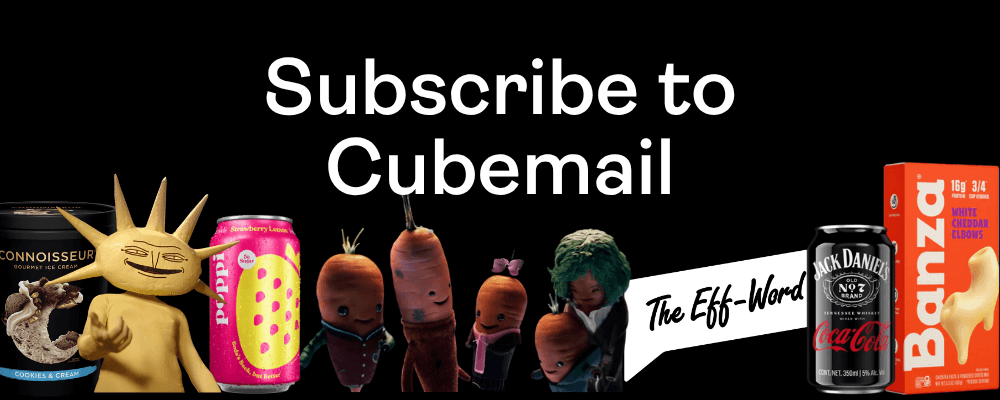
Unfortunately, Internet Explorer is an outdated browser and we do not currently support it.
To have the best browsing experience, please use Google Chrome, Firefox, Microsoft Edge or Safari.
We use cookies to improve your experience on our website. By continuing to browse this website, you agree to our use of cookies. For more information, please refer to our privacy policy.

This is a self-funded case study using our packaging testing solution. Curious about the 9 essential ingredients for creating packaging that drives shopper growth? Explore our Packaging Effectiveness Playbook.
Comfort food doesn’t get much better than one of the all-time classics: Mac and Cheese… or does it? Given health concerns have steadily risen up consumers’ priority lists, disruption is rife in categories notorious for their use of processed ingredients. So, with a chickpea-based range of products providing a much-needed alternative, Banza have begun to carve out a unique position in the pasta aisle. However, as we’ve so often seen in the past, the number one mistake health-focused brands make is letting a proposition’s nutritional credentials overshadow the most important consumer priority of them all: taste.
However, the sophisticated marketers and in-house design team down at Banza weren’t going to let themselves fall into this same trap—and in the process they’ve provided a blueprint for others on how to elevate a product’s taste appeal without modifying a single ingredient.
If you’ve ever heard us speak on the topic of effective packaging design, you’ll know we harp on about the semi-autonomous way most shopping is done. Therefore, it’s imperative that packaging is able to communicate the proposition in the quickest and most impactful way possible. So, first and foremost, packaging must tell consumers what they most need to know (or put another way, communicate the key drivers of choice). For most food and beverage products, that means to convey appetite appeal. Once this goal has been successfully achieved, secondary claims and benefits then come to the fore, which for Banza largely centers around health and nutrition.
Building on the pack’s original design (which placed greater emphasis on the health benefits of the product’s unique chickpea composition), Banza’s new packaging instead shifted emphasis to evocative, drool-worthy imagery—blowing up a single piece of macaroni dripping in gooey cheese. Along with the now vertically oriented (and enlarged) wordmark, this suddenly became the pack’s key drawcard. A simple change, yes, but extremely impactful; not only leading to greater perceptions of cheesiness, but it also added a distinctive element to the design. This resulted in it having greater shelf presence than the incumbent.
When you think about it, it’s really a ‘two birds with one stone’ kind of move. Firstly, the new pack works harder to stop shoppers in their tracks and command their attention (shopper challenge #1). Then, once consumers have given it the time of day, the new pack does a better job of convincing them to put it in their shopping baskets (shopper challenge #2).
While minimalization runs the risk of leaving shoppers with insufficient information to make an informed purchase decision, in Banza’s case the playful macaroni visual ultimately provided reassurance of taste. Most importantly, it was able to do this without completely deprioritizing what makes the product different and better than competitors (i.e. being made with chickpeas instead of flour).
Just as importantly, Banza kept all the brand’s most identifiable elements intact, meaning that shoppers’ ability to find it on shelf wasn’t impacted. Consistent utilization of color (which powerfully contrasts with the dark blue of category leader, Kraft), along with the familiar typography and information hierarchy, all helped maintain strong links to Banza.
Overall, Banza’s new packaging design is a winner because it exhibits a deep understanding of the way consumers ultimately buy—with their stomachs! And it provides a reminder for all other brands that they should never lose sight of the power of evocative imagery when it comes to creating effective packaging designs.
.png)
Want to test your own advertising, packaging, or product ideas? Cubery combines a team of creative effectiveness experts with cutting-edge technology, bridging the gap between creativity and commercial impact. Get in touch to learn how we can unlock growth for your brand.
